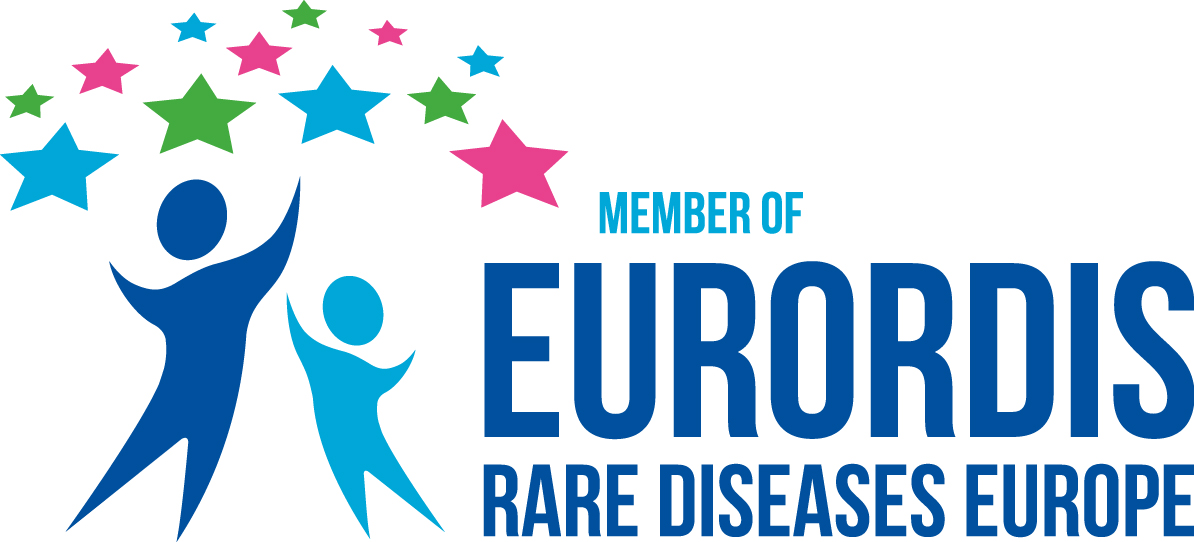
Advocacy: Why We Do It and the Benefits You Receive
Part One of a Three-Part Series
This is a must-read if you are interested in advocacy, specifically working with the SSRA.
Rori Daniel (our Executive Director) and I met several years ago at a 2019 rare disease advocacy event in Washington, D.C. Rori was with a friend, her daughter, and Gary, her husband, who has superficial siderosis. I traveled to Washington alone to advocate for my daughter, who was also diagnosed with superficial siderosis. So, what is the best thing about advocacy? That is an easy answer, “the people you meet” is the best thing about being an advocate. Neither of us had any experience; if we did, it was minor. It takes only a positive attitude to start.

Advocacy “public support for or recommendation of a particular cause or policy.”
Pretty simple; advocacy does not need to be complex. If you read our annual report, you will see that we are looking for volunteers. We understand people are at different points in their life. Some can dedicate hours, days, weeks …. or even years now. But, if you do one event a year, one fundraiser a year, one donation a year, anything to help…. You are still an advocate. Please read about what we do on our website! You can do this; others have, and you can too.
We have made arrangements for a guest writer to create a series focusing on other SS advocates who support our cause. The series is anticipated to begin sometime in late July. Why do I do it? To find answers many of you know a Superficial Siderosis diagnosis is difficult to understand. Initially, you wonder what is going to happen to your loved one.
So, being an advocate is not about being a political rebel. It is about spreading awareness in areas most people have yet to learn about regarding how it affects others. Awareness leads to research, which someday will help with more treatment options for those with SS. This series will highlight the two events I participated in May 2023. I invested about 20 hours at these events, which was worth it. Hopefully, these examples will spark interest and create another SS warrior! Is this easy? No. Will others support you? Yes, but not everyone will. We can only work with those who want to be involved.
Each event will be highlighted in parts two and three of this series.
Please stay tuned.
How Can You Be Involved
Volunteers in Canada, the U.K., and Australia are engaged in various ways to advocate for superficial siderosis awareness, support rare disease research, and assist with fundraising efforts. Here are some specific ways you can get involved:
- Social Media Advocacy: Volunteers can utilize social media platforms to raise awareness about superficial siderosis and share information about the disease, its symptoms, and available resources. They can create posts, share personal stories, and use relevant hashtags to reach a wider audience.
- Community Outreach: Volunteers can organize awareness campaigns or events within their local communities. This could involve setting up information booths at health fairs, organizing talks or workshops with healthcare professionals, or collaborating with local support groups to raise awareness about superficial siderosis.
- Patient Support: Volunteers can provide support to individuals and families affected by superficial siderosis. They can join online support groups, offer a listening ear, share resources, or provide guidance to help patients navigate the challenges associated with the disease.
- Fundraising Events: Volunteers can organize fundraising events to support research efforts or assist existing fundraising initiatives. This could include organizing charity walks, runs, or cycling events, hosting online fundraising campaigns, or coordinating benefit concerts or auctions to raise funds for research and patient support programs.
- Legislative Advocacy: Volunteers can advocate for policy changes and increased funding for rare disease research at the local, state, or national level. They can reach out to their representatives, attend advocacy events, or join organizations working towards improving rare disease policies and research funding.
- Volunteer for Research Studies: Individuals can actively participate in clinical trials and research studies related to superficial siderosis. Volunteering as research participants, they contribute valuable data and help scientists better understand the disease, leading to improved treatments and outcomes.
- Educational Initiatives: Volunteers can organize educational programs in schools, universities, or community centers to raise awareness among students and the general public. They can develop informational materials, deliver presentations, or invite medical professionals to speak about superficial siderosis and rare diseases.
- Online Content Creation: Volunteers with writing, graphic design, or video editing skills can create informative content such as blog posts, articles, infographics, or videos about superficial siderosis. These materials can be shared on websites, social media platforms, or relevant online communities to spread awareness and educate others.
- Collaboration with Rare Disease Organizations: Volunteers can collaborate as representatives of the SSRA with existing rare disease organizations, both locally and globally, that focus on supporting individuals with superficial siderosis. By joining forces, they can amplify their efforts, share resources, and collectively advocate for better research, treatments, and support services.
- Personal Fundraising Initiatives: Individuals can organize personal fundraising initiatives, such as hosting a bake sale, starting a crowdfunding campaign, or dedicating a special occasion (birthday, anniversary) to raise funds for superficial siderosis research or patient support.
Remember, each advocate can choose the methods that align with their skills, interests, and available resources. The collective effort of our volunteers plays a crucial role in raising awareness, supporting research, and positively impacting the superficial siderosis community.
Part Two —
Advocating at Every Life Foundation RDLA event in Wisconsin.
Part Three —- Advocating at the Deaf and Hard of Hearing Wellness Conference in Wisconsin.
Together there is Hope.


